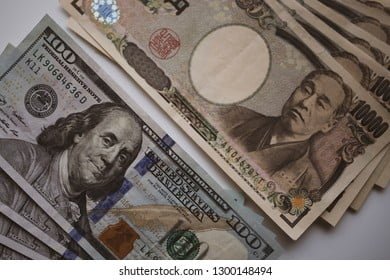Contents
Tokyo inflation has shown signs of cooling for the second consecutive month, falling below the Bank of Japan’s (BOJ) target of 2%. This unexpected development adds complexity to the central bank’s policy meeting currently underway, where decisions regarding interest rates and future inflation projections are being made.
Highlights:
- Tokyo inflation surprises with 2-month slowdown, falling below BOJ target. This throws a curveball at their policy meeting on interest rates and future inflation.
- Both core CPI and broader inflation measures show a downward trend. This raises concerns about long-term price growth, especially related to consumer spending and wages.
- Weakening Yen complicates things. It can boost exports and inflation, but also hurt consumer spending, potentially cooling the economy.
Tokyo Inflation: Core Inflation Dips Below BOJ Target
The core consumer price index (CPI) in Tokyo, a leading indicator for nationwide inflation, rose 1.6% in April compared to the previous year. This represents a significant slowdown from the 2.4% increase observed in March and falls short of the median market forecast of 2.2%.
A broader measure of inflation that excludes both fresh food and energy costs also displayed a downward trend. This index, seen as a more stable indicator of long-term price movements, slowed to 1.8% in April from 2.9% in March. This marks the slowest pace of increase since September 2022, when the index rose 1.7% year-on-year.

BOJ Policy Meeting Faces Uncertainty
The recent slowdown in Tokyo inflation throws a curveball at the BOJ’s policy meeting currently in its final stages. While core inflation remains above the central bank’s target, the downward trajectory raises concerns about the strength and sustainability of price growth, particularly in relation to consumer spending and wage pressure.
Last month’s decision by the BOJ to end negative interest rates was based on positive signs. These included robust consumer demand and the prospect of rising wages, which were believed to be encouraging businesses to raise prices for both goods and services. However, the current slowdown in Tokyo inflation casts doubt on whether these factors are strong enough to maintain inflation around the 2% target in the long term.
The Complicating Factor: The Weakening Yen
The ongoing depreciation of the Japanese Yen adds another layer of complexity to the BOJ’s interest rate decisions. While a weaker Yen can benefit exporters and contribute to inflation by increasing import costs, it can also have a negative impact on consumer spending. This is because a weaker Yen can lead to higher prices for imported goods, potentially dampening economic activity and discouraging businesses from raising prices due to a potential decline in consumer demand.
Tokyo Inflation and the Road Ahead
The recent slowdown in Tokyo inflation presents a challenge for the BOJ. The central bank will need to carefully consider the underlying causes of this slowdown and its potential impact on future price movements. The BOJ’s policy decisions and future inflation projections, expected at the conclusion of their meeting, will be closely watched by financial markets and businesses alike, as they provide crucial insights into the future of monetary policy in Japan.
also read: 25 April US PCE Data Impact to Steer Euro Rates and ECB Expectations








